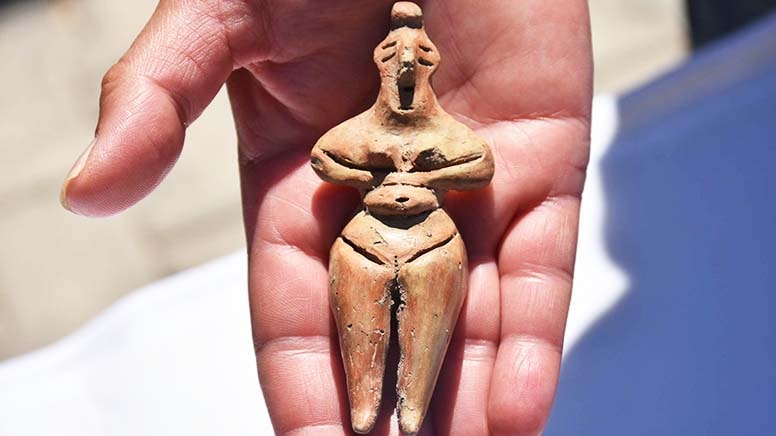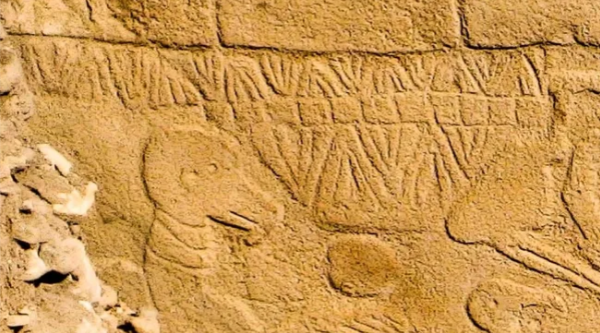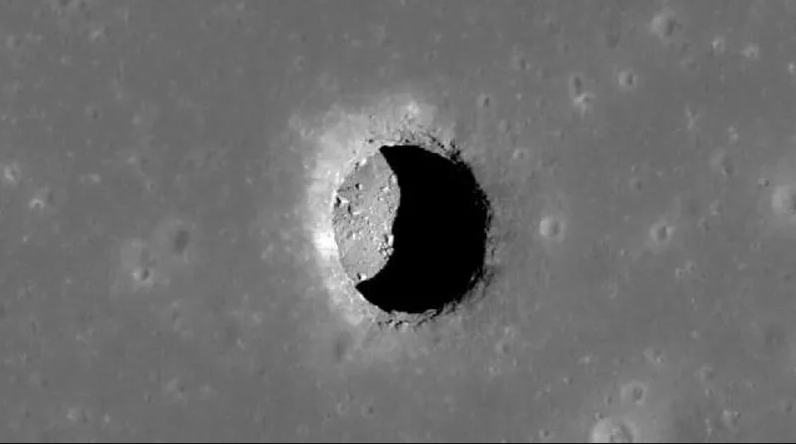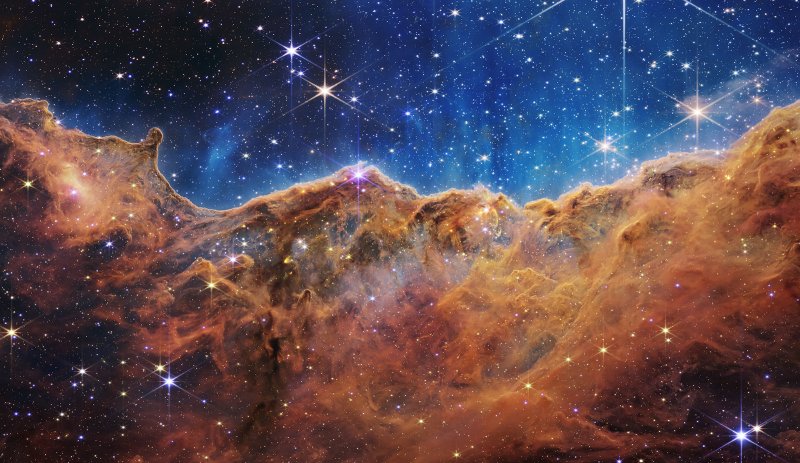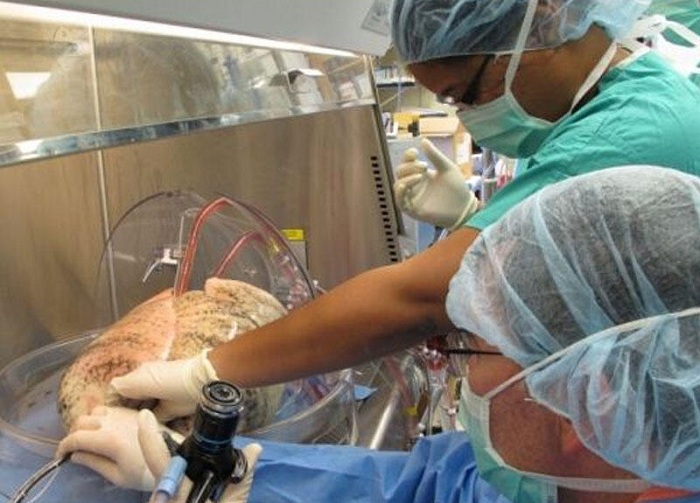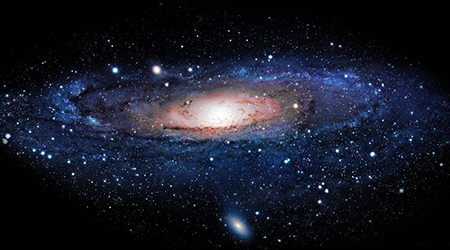
- A-
- A
- A+
Astronomers make first accurate measurement of oxygen in distant galaxy
Galaxy COSMOS-1908 is in the center of this Hubble Space Telescope image, indicated by the arrow. Nearly everything in the image is a galaxy; many of these galaxies are much closer to Earth than COSMOS-1908.
UCLA astronomers have made the first accurate measurement of the abundance of oxygen in a distant galaxy. Oxygen, the third-most abundant chemical element in the universe, is created inside stars and released into interstellar gas when stars die. Quantifying the amount of oxygen is key to understanding how matter cycles in and out of galaxies.
This research is published online in the Astrophysical Journal Letters, and is based on data collected at the W. M. Keck Observatory on Mauna Kea, in Hawaii.
"This is by far the most distant galaxy for which the oxygen abundance has actually been measured," said Alice Shapley, a UCLA professor of astronomy, and co-author of the study. "We're looking back in time at this galaxy as it appeared 12 billion years ago."
Knowing the abundance of oxygen in the galaxy called COSMOS-1908 is an important stepping stone toward allowing astronomers to better understand the population of faint, distant galaxies observed when the universe was only a few billion years old and galaxy evolution, Shapley said.
COSMOS-1908, contains approximately 1 billion stars. In contrast, the Milky Way contains approximately 100 billion stars; some galaxies in the universe contain many more, while others contain many fewer. Furthermore, COSMOS-1908 contains approximately only 20 percent the abundance of oxygen that is observed in the sun.
Typically, astronomers rely on extremely indirect and imprecise techniques for estimating oxygen abundance for the vast majority of distant galaxies. But in this case, UCLA researchers used a direct measurement, said Ryan Sanders, astronomy graduate student and the study's lead author.
"Close galaxies are much brighter, and we have a very good method of determining the amount of oxygen in nearby galaxies," Sanders said. In faint, distant galaxies, the task is dramatically more difficult, but COSMOS-1908 was one case for which Sanders was able to apply the "robust" method commonly applied to nearby galaxies. "We hope this will be the first of many," he said.
Shapley said that prior to Sanders' discovery researchers didn't know if they could measure how much oxygen there was in these distant galaxies.
"Ryan's discovery shows we can measure the oxygen and compare these observations with models of how galaxies form and what their history of star formation is," Shapley said.
Similar News
Links
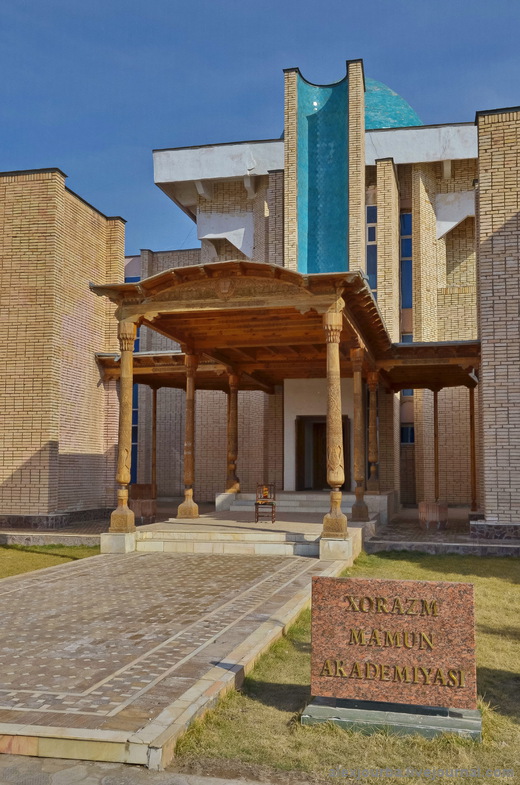


 Elm TV
Elm TV
 Photo
Photo
 Video
Video
